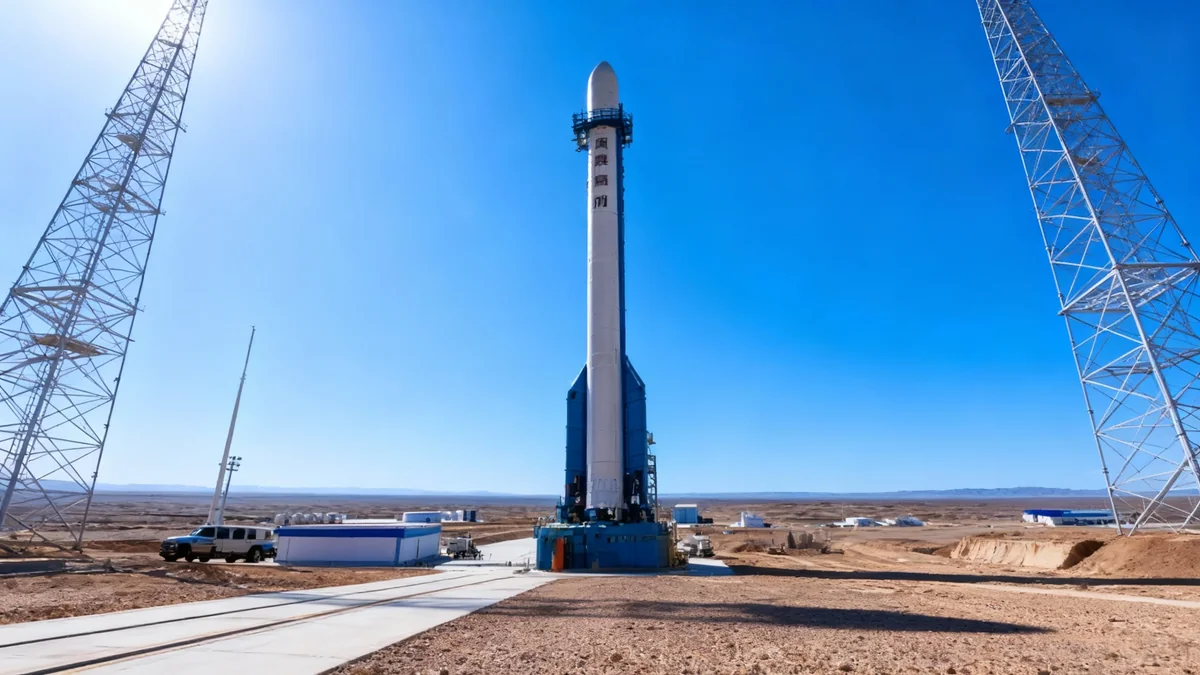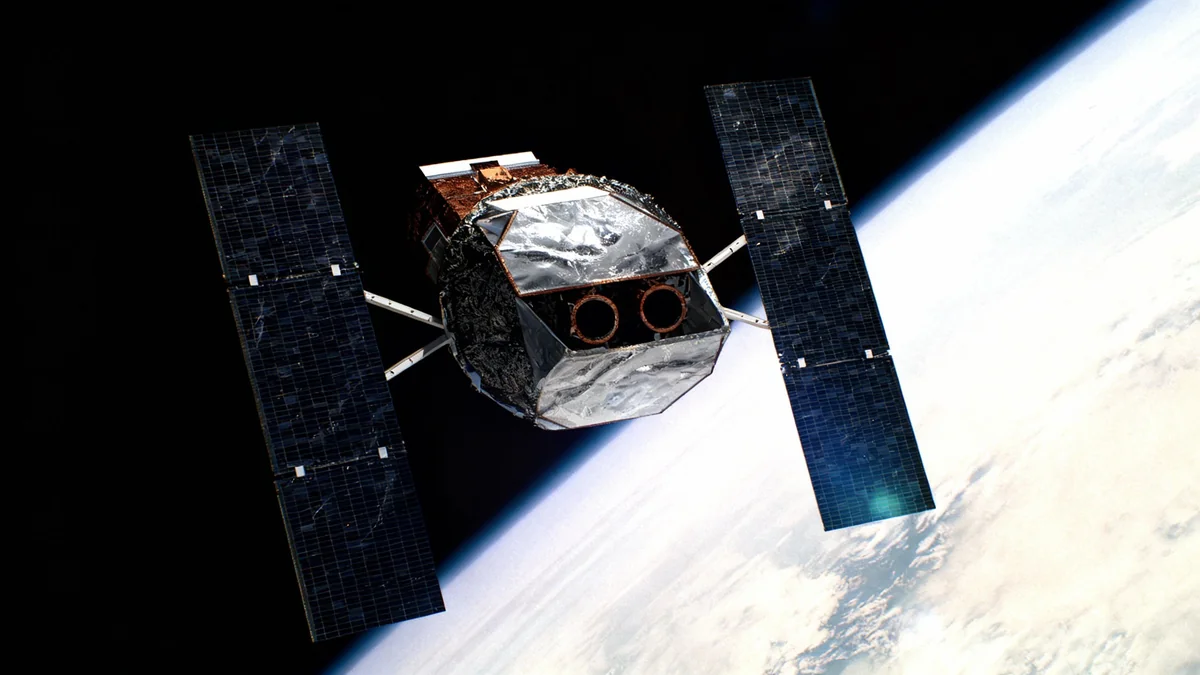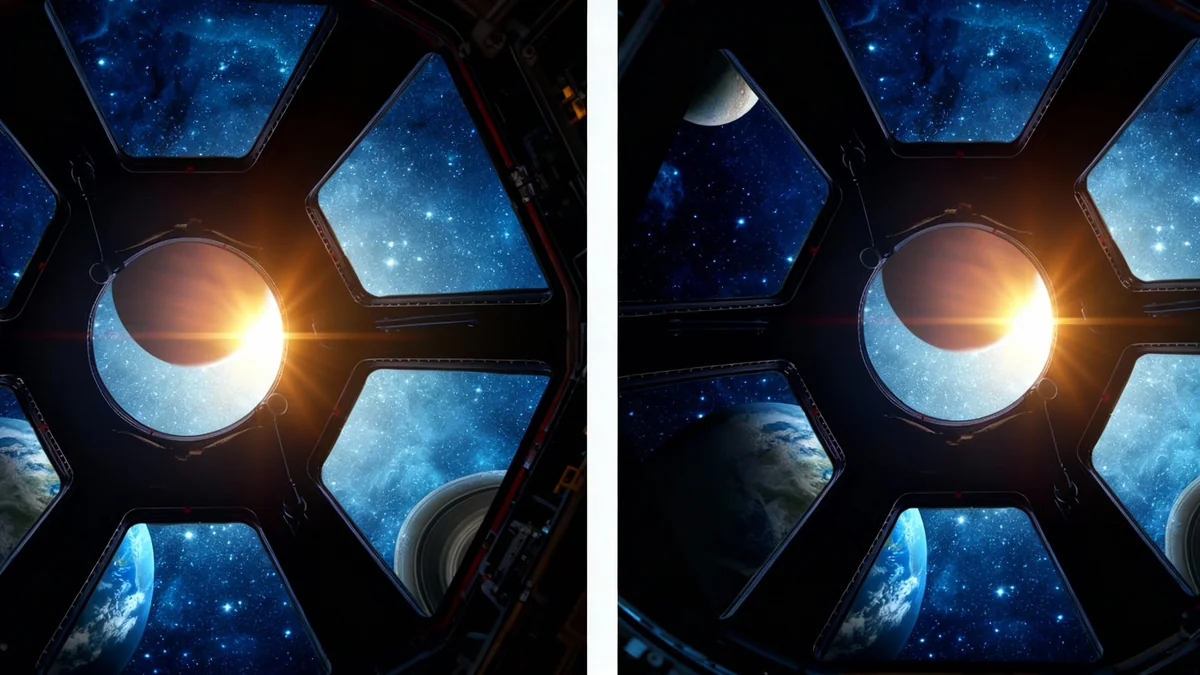Startup Catalyx Space has secured $5.4 million in a seed funding round aimed at accelerating the development of its integrated space infrastructure. The company, founded just last year, is building a suite of technologies, including satellite buses and reentry capsules, designed to make deploying applications in space as straightforward as launching a software business.
The funding, led by Outlander VC, will support the expansion of Catalyx's team and the construction of a new manufacturing facility. This investment follows a period of rapid progress for the San Francisco-based company, which has already achieved flight heritage with its first spacecraft launched in partnership with the Indian Space Research Organisation (ISRO).
Key Takeaways
- Catalyx Space raised $5.4 million in a seed round led by Outlander VC.
- The company aims to provide a complete backend infrastructure for space applications, including satellite buses and reentry capsules.
- Founder Rifath Shaarook has a history of building and launching satellites, starting with a NASA award-winning project at age 18.
- Catalyx has already launched one spacecraft and has two more missions planned for the near future.
- A new 25,000-square-foot facility in Ahmedabad, India, is under construction to support vertical integration.
A New Approach to Space Infrastructure
Catalyx Space was founded with a clear objective: to remove the complexities that hinder innovation in the space sector. Founder Rifath Shaarook explained that the company's mission is to handle the difficult parts of space operations—spacecraft manufacturing, ground control, and launch logistics—so that customers can concentrate solely on their applications.
"The mission is to build the complete backend infrastructure layers so the customers can focus on the application," Shaarook stated. "Ultimately, for space to become sustainable like any other industry, we want to make sure it’s easier than ever to host applications in space, ranging from manufacturing to communications."
This vision stems from Shaarook's own experiences. Before founding Catalyx, he gained recognition for building a 64-gram satellite at age 18 that won a NASA challenge. He later managed an academic research lab where he was involved in launching eight satellites, a process that highlighted the significant delays and challenges in deploying new systems into orbit.
Core Technology Platforms
To achieve its goal, Catalyx is developing two primary hardware platforms. The first is a versatile satellite bus named Cosmotron, designed to host a variety of customer payloads. The second is the Rex reentry capsule, a vehicle capable of returning materials from orbit back to Earth.
The Rex capsule opens up possibilities for several high-value industries. Potential applications include hypersonic testing for defense clients and in-orbit research for pharmaceutical and biotech companies studying material science in microgravity. A prototype of the capsule has already undergone testing, having been successfully dropped from an airplane earlier this year.
What is Vertical Integration in Space Tech?
Vertical integration is a strategy where a company controls multiple stages of its production process rather than relying on external suppliers. For a space company like Catalyx, this means designing, manufacturing, and testing its components—from electronics to structures—in-house. This approach can lead to faster development cycles, greater quality control, and reduced costs.
Rapid Execution and Proven Results
Since its founding, Catalyx has maintained an accelerated development pace. The company launched its first spacecraft last year aboard an ISRO rocket. That mission successfully demonstrated its proprietary satellite separation system and carried two customer payloads, providing crucial flight heritage early in the company's life.
The momentum is set to continue. A second spacecraft is scheduled for launch in either December or January, which will carry a new set of sensors into orbit. Following that, the company plans to launch a much larger 100 kg spacecraft sometime next year.
Catalyx Space by the Numbers
- $5.4 million raised in the latest seed round.
- $1.7 million secured in a pre-seed round in January.
- 1 spacecraft already launched with ISRO.
- 25,000 sq ft manufacturing facility under construction in India.
- 30 current employees, with plans to grow to 50 by 2026.
This rapid progress and capital efficiency were key factors for investors. AJ Smith, a junior partner at lead investor Outlander VC, noted the company's impressive execution. He observed that Catalyx achieved flight heritage on less than its $1.7 million pre-seed funding, a milestone that could cost other companies upwards of $10 million.
"A lot of space companies and founders claim to have a ‘move fast and break things’ mentality, but very few of them are actually operating at the type of cadence with the type of quality that Rifath and Catalyx are," Smith commented.
Building for the Future Space Economy
To support its ambitious plans, Catalyx is pursuing a vertically integrated manufacturing strategy. The company is constructing a 25,000-square-foot facility in Ahmedabad, India, which will house its design, development, and testing operations under one roof. This move is intended to streamline production and accelerate innovation.
The company is headquartered in San Francisco and has grown its team to 30 people. With the new funding, it plans to expand its workforce to between 45 and 50 employees by 2026.
Investors see Catalyx's comprehensive approach as a significant differentiator in a crowded market. Smith highlighted the fragmentation in the current space industry as a major bottleneck. He believes Catalyx is addressing a critical gap by offering an end-to-end solution.
"What they’re doing differently — it’s not just a bus, it’s not just a capsule — it’s the full infrastructure to operate, iterate and return from orbit. That’s a really big white space," he explained.
The funding round also saw participation from Arka Venture Labs, Lex Reddy, KDX Management LLC, Together Fund, Higher Life Ventures, Nivesha Ventures, Prana Tech Ventures, Bria, HF0 Residency, and Techstars, signaling broad confidence in Catalyx's vision for the future of the space economy.





